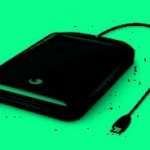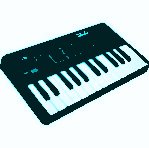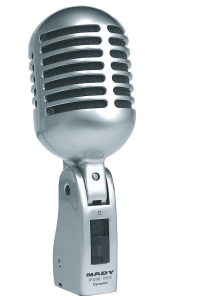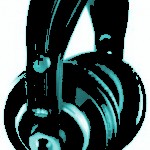Nowadays it’s easy to create a quick drum loop with all the different programs available (Pro Tools, Logic, FL Studio etc). Within a few seconds you can click and drag any drum pattern you got in mind. The only “problem” is that most of the time the drums sound computerized and don’t got that human live feel/sound to it. Instead of having that bounce/groove it just sounds real static.
Fortunately there are a bunch of ways to (re-)create that feel/sound or at least make it sound as live as possible, just by using your ears and spending some extra time on your drum programming.
In this article I’m going to show you a bunch of techniques that will help elevate your drum patterns.
Listening
First of all you need to know “how” you want your drum pattern to sound. Do you want it to sound like a heavy Rock record? A smooth 70’s soul ballad? Or maybe a super grooving Funk track?
I always say that “the most important thing of making music is listening” so once you know exactly what drum sound you want for your track a great help is listening to some of your favorite tracks with that sound. If you chose for a smooth 70’s soul drum sound go and listen to some of your favorite Motown records for example. Just study every aspect of that drum sound; How does the kick sound? How does the snare hit? How hard does the drummer hit the cymbals? How does the reverb sound? Does it sound like the drummer is playing in a huge concert hall or just in a small garage? How loud does the drummer play? How is the timing of the drums? Is the snare coming slightly late or maybe he is trying to sound as tight on the click track as possible? Where does he place the fills? How are the dynamics? Is he constantly hitting every note as hard as possible? Or are some notes much softer than others? Etc etc.
Choosing drum sounds
Once you know exactly “how” you want your drums to sound it’s time to choose your drum samples/sounds.
Make sure you select your drum samples very carefully. If you’re going for a live sound use drum samples that already sound live or sample of a live drum recording. For example on Shroomadelic Drums Vol. 1 I sampled a lot of my own drum recordings I recorded in major studios over the years but I also sampled of existing drum recordings and tweaked them so they sound totally different than the original.
But sometimes if you want for example a Snare to sound exactly like the Snare on a specific record you love and there is a part in that record where you just hear the drums playing without any other sounds, it might be the best to just sample that Snare and leave it as is instead of spending hours to re-create that exact sound.
Also if you’re trying to get a live drum sound use a few sounds that sound slightly different from each other. For example use 4 different hihats instead of just one because when a drummer hits the hihats, not every time he hits it sounds exactly the same cause he might just hit it at a different spot. I hope you understand what I mean LOL.
Programming
If you’re going for a real tight computer sounding drum feel you can just program your drums on the “grid“. That’s pretty easy and you’re done pretty quick. But if you’re going for a more complex groove you’ll have to spend a little more time on your programming. One way to do it, especially when you’re not so experienced yet this is great way to “learn” grooves, is to start with a 4 bar or 8 bar loop of a great drum groove. Then study the wave forms and re-program this groove with your own drum samples. I will show you how cause that’s easier than just telling you.
Once you re-programmed the drum groove you’ll mute the sampled drum loop so you only got your own drum loop playing. Once you did this a couple of times you’ll start to understand better how drum notes are timed to get a certain groove/feel. Personally I like snares to be timed pretty tight on the 2 and 4 for Hip Hop. The kick I mostly program slightly “off grid” but rather a bit “late” than “early“. If you program drums “early” before the grid it doesn’t sound so good to me. It sound like the beat is “running” if you know what I mean. But in a few cases it works.
To me to biggest factor in making your drums groove is the way you program your hihats. Even if your kicks and snare are programmed “on-grid” you can create a groove by programming the hihats “off-grid“. I’ll show you an example.
Velocity
A drummer never hits each note exactly at the same loudness/hardness. So even if you programmed a perfect groove in timing it still doesn’t sound right if all the notes are hitting at the same loudness. That’s why you need the play around with the “velocity” of the drums to make it sound more “live“. For example on a basic “boombap” drum pattern you probably want the kick drum your programmed on/around the 16th note before the 3 count to be less loud than the kick ON the 3 count.
Especially with hihats you probably want to create a lot of dynamics by playing around with the “velocity” to enhance the live feel/groove of your drums.
Ghost Notes
Ghost Notes are notes that are played real soft in volume that you barely don’t hear them. They are played to add feeling. By programming ghost notes you will improve the live feeling of your programmed drums. Ghost notes work really well with snares, especially when you are trying to create a “marching” feel.
Drum fills and Snare rolls
To even take your “live feel” another step further you might want to add drum fills and/or snare rolls every couple of bars. Or maybe towards the end of the song at the climax. You can either use sampled drum fills/snare rolls, program them yourself or even record a live drummer. You can also sample your own recordings of course.
For example for Shroomadelic Drums Vol. 1 I recorded a couple live drummers doing drum fills over my beats, I edited/engineered/mixed that and then sampled that so they can be re-used in other beats. So there are a lot of possibilities, just be creative!
One more thing. A drummer might be playing louder on the hook than in the verses or might go all out at the climax of the song. Or maybe he plays the rim shot instead of the snare on the intro or breakdown of the song. Keep all that in mind when programming drums. You might want to use different drum samples on different parts of the song. Like I said there are endless possibilities, be creative!
source: http://beatplugblog.com/
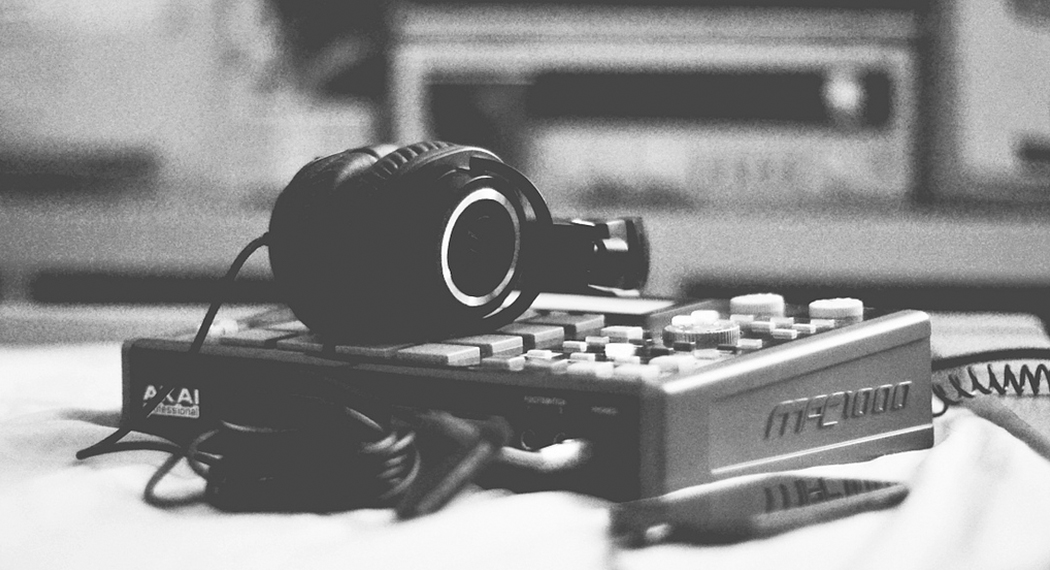


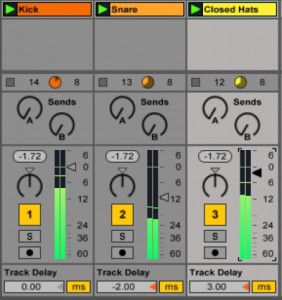
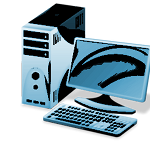
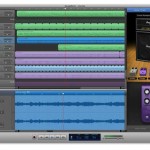 This stands for Digital Audio Workstation which serves as your music software installed to your computer. In order to edit and record your beat, you need some type of DAW to perform this. Popular examples include Ableton Live, Logic, Protools, Reasons and Sonar. If you are on a budget,
This stands for Digital Audio Workstation which serves as your music software installed to your computer. In order to edit and record your beat, you need some type of DAW to perform this. Popular examples include Ableton Live, Logic, Protools, Reasons and Sonar. If you are on a budget, 
